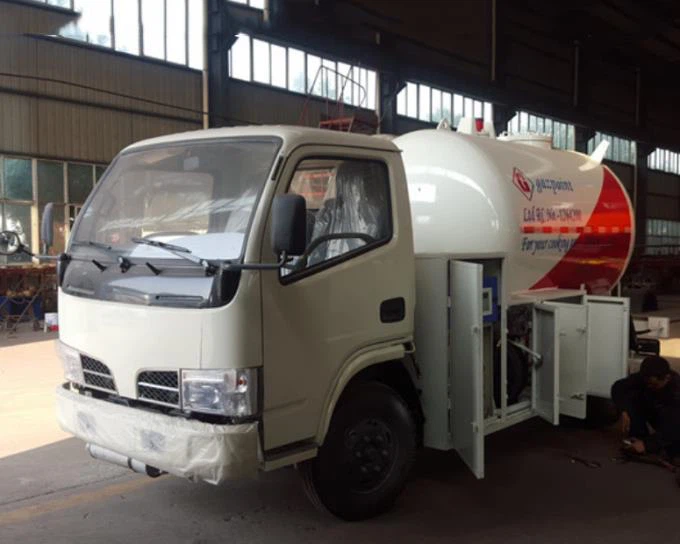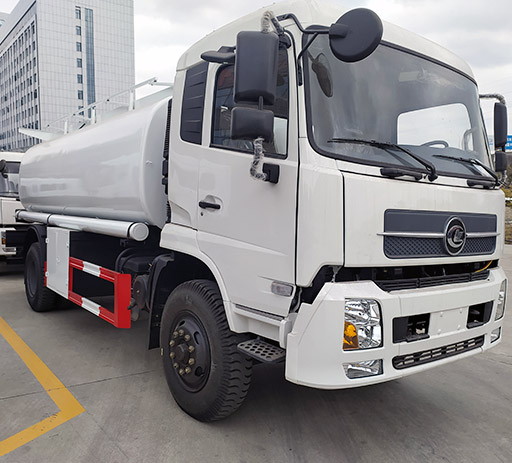Understanding the Trash Auger: The Essential Tool for Waste Management

Introduction
A trash auger is an often-overlooked yet essential tool in both residential and commercial waste management. From clearing clogs in sewer lines to handling bulk waste recycling, the trash auger plays a significant role in keeping systems running smoothly. In this article, we will explore what a trash auger is, its various types, benefits, applications, maintenance tips, and much more. By the end, you’ll have a comprehensive understanding of this powerful tool and why it is vital in today’s waste management landscape.
What is a Trash Auger?
A trash auger is a mechanical device designed to move waste materials through pipes or systems, typically utilizing a rotating spiral blade. The term “auger” refers to the drill-like mechanism that helps in breaking down and moving both solid and semi-solid waste. Unlike traditional waste disposal methods, utilizing a trash auger can make the process more efficient, reducing the need for manual labor and minimizing the risk of clogs.
Types of Trash Augers

1. Manual Trash Augers

Manual trash augers are hand-operated tools that allow users to unclog pipes and drain lines without the need for electricity. These tools are often equipped with a crank handle that rotates the auger to remove debris.
2. Electric Trash Augers
Electric trash augers are powered by electricity, providing more force and speed than manual versions. These are particularly useful for larger jobs or in commercial settings where larger volumes of waste need to be managed.
3. Gas-Powered Trash Augers
For heavy-duty tasks, gas-powered trash augers are available. These powerful machines are designed to tackle more challenging clogs and can handle larger quantities of waste. Businesses may rely on them for continuous operation and efficiency.
Benefits of Using a Trash Auger
1. Efficiency in Waste Removal
Trash augers can effectively cut through blockages and move waste materials more quickly than manual methods. This efficiency can save both time and labor costs.
2. Reduced Labor Costs
Using a trash auger can significantly reduce the amount of manual labor required for unclogging pipes or handling waste. This reduction leads to lower operational costs and more productivity.
3. Versatile Applications
From clearing household plumbing issues to handling industrial waste, trash augers can be utilized in a variety of settings, making them versatile tools in any waste management toolkit.
4. Enhanced Safety
By minimizing the need for manual intervention in potentially hazardous waste situations, trash augers can enhance worker safety. They help to reduce the risk of injuries associated with handling heavy or sharp objects.
Applications of Trash Augers
1. Residential Plumbing
Trash augers are often used in residential settings to clear clogged drains and toilets. Homeowners can save money by tackling minor plumbing issues themselves.
2. Commercial Waste Management
Businesses frequently use trash augers for handling large amounts of waste. They streamline waste removal in factories, restaurants, and other commercial operations by efficiently clearing waste from drainage systems.
3. Industrial Uses
In manufacturing and industrial operations, trash augers can manage waste from production lines, ensuring that processes remain uninterrupted by blockages.
How to Choose the Right Trash Auger
1. Identify Your Needs
Assess the specific waste management challenges you face. Consider the size of clogs, the type of waste, and whether you need a portable solution or a large machine.
2. Evaluate Power Options
Determine whether a manual, electric, or gas-powered auger best suits your needs based on the nature and volume of waste.
3. Consider Size and Portability
If mobility is important, choose a lighter model that can be easily transported. For heavy-duty tasks, prioritize a larger and more powerful option.

Table: Comparing Types of Trash Augers
| Type | Power Source | Ideal Use | Price Range |
|---|---|---|---|
| Manual Auger | Hand-operated | Residential plumbing | $30 – $100 |
| Electric Auger | Electric | Commercial and residential | $100 – $500 |
| Gas-Powered Auger | Gas-powered | Industrial applications | $500 – $2000 |
Tips for Using a Trash Auger Effectively
1. Read the Manual
Before operating your trash auger, thoroughly read the manufacturer’s instructions to ensure you’re familiar with its components and operation procedures.
2. Wear Protective Gear
When using a trash auger, always wear appropriate safety gear like gloves, goggles, and masks to protect yourself from debris and waste materials.
3. Start Slow
Beginning with a slow speed can prevent damage to both the auger and the pipes. Gradually increase speed as needed to clear clogs effectively.
4. Properly Dispose of Waste
After removing waste with the auger, dispose of it in accordance with local regulations to ensure proper waste management practices are followed.
Maintenance of Your Trash Auger
1. Clean After Use
Always clean your auger after each use. Removing debris will prevent clogs and ensure that it operates efficiently in the future.
2. Inspect Regularly
Regularly check for any wear and tear on your auger’s components. Replace any damaged parts to maintain optimal performance.
3. Lubricate Moving Parts
Lubricating the auger can help prevent rust and ensure smooth operation. Follow the manufacturer’s guidelines for lubrication frequency and methods.
Common Mistakes to Avoid When Using a Trash Auger
1. Overuse
Using a trash auger too frequently without proper maintenance can lead to wear and tear. Keep a regular maintenance schedule.
2. Ignoring Manufacturer Guidelines
It’s crucial to adhere to the guidelines provided by the manufacturer. Ignoring these can lead to ineffective operation and potential hazards.
3. Failing to Prepare
Always ensure the area around the worksite is prepared and protected. This preparation includes removing items nearby, ensuring you have sufficient lighting, and clearly understanding the task at hand.
FAQs
1. Can I use a trash auger for residential plumbing issues?
Yes, many homeowners use manual and electric trash augers to effectively clear clogged drains and toilets.
2. How often should I clean my trash auger?
It’s good practice to clean your trash auger after each use to prevent buildup and ensure optimal performance.
3. Are gas-powered augers more powerful than electric ones?
Typically, gas-powered augers offer more torque and are better suited for heavy-duty tasks compared to electrical models.
4. Can I rent a trash auger instead of buying one?
Many equipment rental shops offer trash augers for rent, which can be a great option for occasional use without the commitment of purchase.
5. Is it safe to use a trash auger?
Yes, using a trash auger is generally safe when proper safety precautions are taken, such as wearing protective gear and following guidelines.
6. What should I do if my auger gets stuck?
If your auger gets stuck, carefully stop the motor or manually turn it. Reassess the clog and remove any obstructions before continuing.
